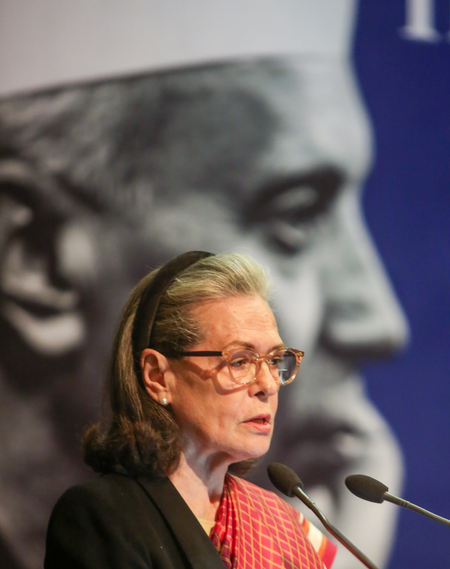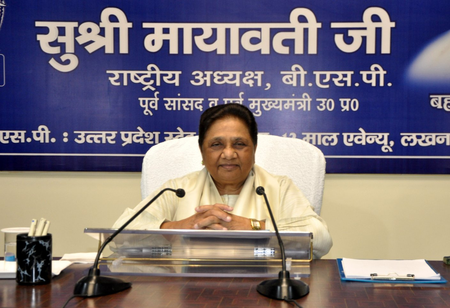
New Delhi, Nov 4 (IANS) India marked a milestone in Asian higher education on Tuesday as the QS World University Rankings: Asia 2026 placed seven of its institutions among the continent’s top 100, the same number as last year, yet a testament to resilience amid fiercer regional competition.
The Indian Institute of Technology Delhi retained its crown as the country’s finest, climbing to 59th place with a score of 78.6, buoyed by soaring employer reputation and a surge in high-impact research citations. Close behind, the Indian Institute of Science Bangalore held 64th (76.5), followed by IIT Madras at 70th (75.1), IIT Bombay at 71st (75.0), and IIT Kanpur and IIT Kharagpur sharing 77th (both 73.4).
The University of Delhi rounded out the septet at 95th with 68.5, signalling that India’s academic prestige now extends beyond the storied IIT network into the realm of comprehensive public universities.
Across Asia, the University of Hong Kong seized pole position, nudging Peking University into second. Singapore’s National University of Singapore and Nanyang Technological University shared third, while Fudan University, the Hong Kong University of Science and Technology, the Chinese University of Hong Kong, and City University of Hong Kong filled the next rungs, underscoring the stranglehold of Hong Kong, mainland China, and Singapore on elite status.
India’s broader footprint grew impressively: 137 new entrants brought the national total to 294 ranked universities, second only to China’s 395. Five Indian seats occupy Asia’s top 10 for research productivity, and 28 sit in the top 50 — more than double China’s tally — highlighting a nation that publishes prolifically and staffs laboratories with PhD holders.
Yet the scorecard carries cautions. Most flagship IITs slipped in absolute position, with IIT Bombay tumbling 23 places, a slide QS attributes to rivals’ lightning progress in international faculty recruitment, inbound student diversity, and faculty-student ratios.
Foreign academics and overseas undergraduates remain scarce on Indian campuses; infrastructure investment and talent-retention policies lag behind Singapore’s NUS, Beijing’s Tsinghua, or Seoul’s KAIST.
Jessica Turner, QS chief executive, hailed the National Education Policy’s five-year legacy for building “system-level capacity that is globally relevant and locally empowering,” yet warned that the next decade will demand deeper global partnerships and digital-age curricula if India is to challenge the podium.
As vice-chancellors pore over the data in New Delhi and Bengaluru, one truth crystallises: India’s universities are no longer merely catching up — they are sprinting, but the finish line keeps moving eastward.
–IANS
sktr/uk




